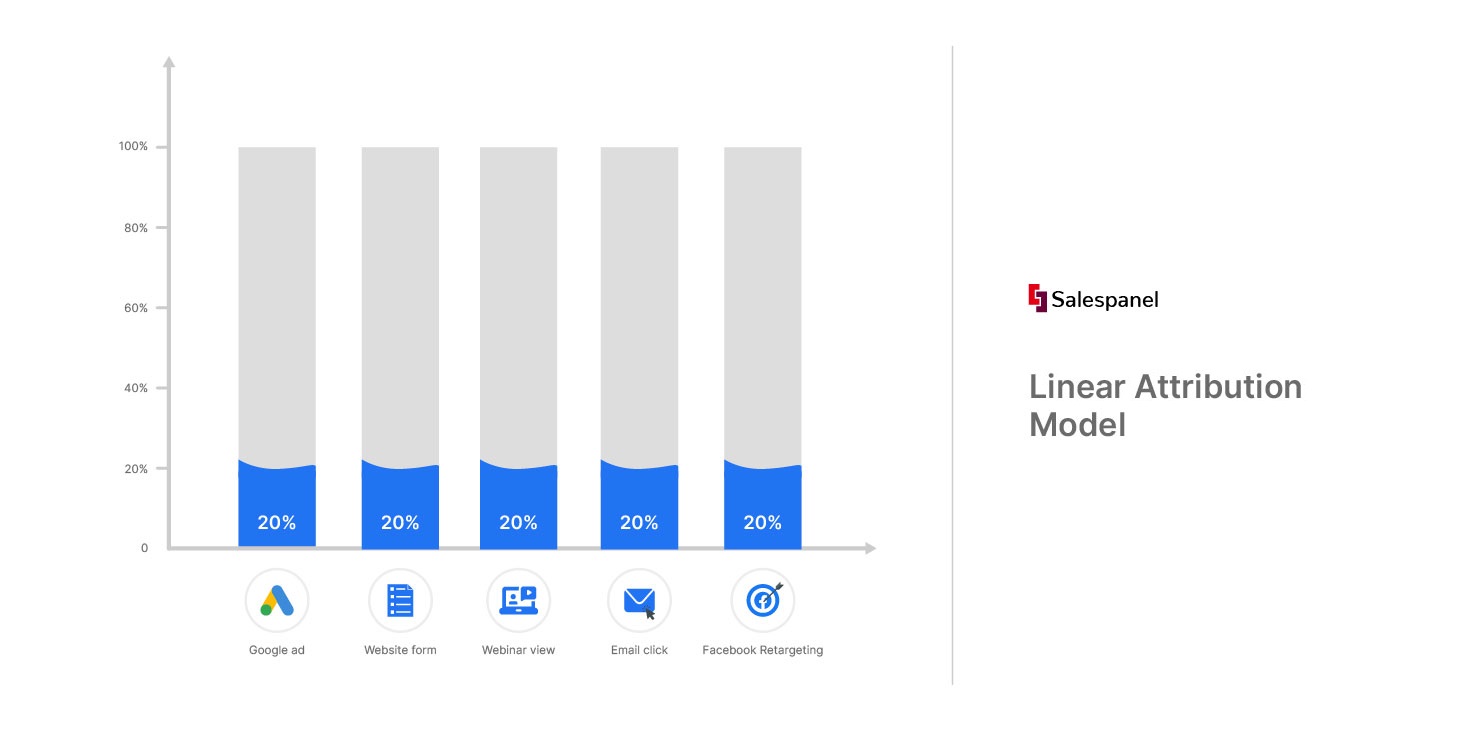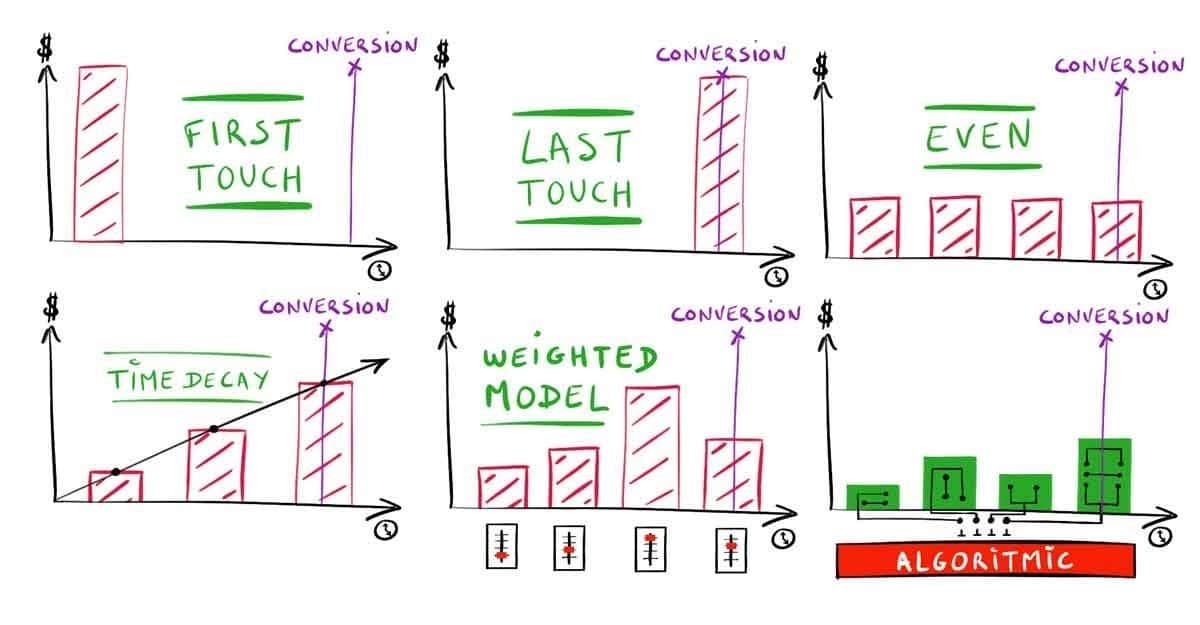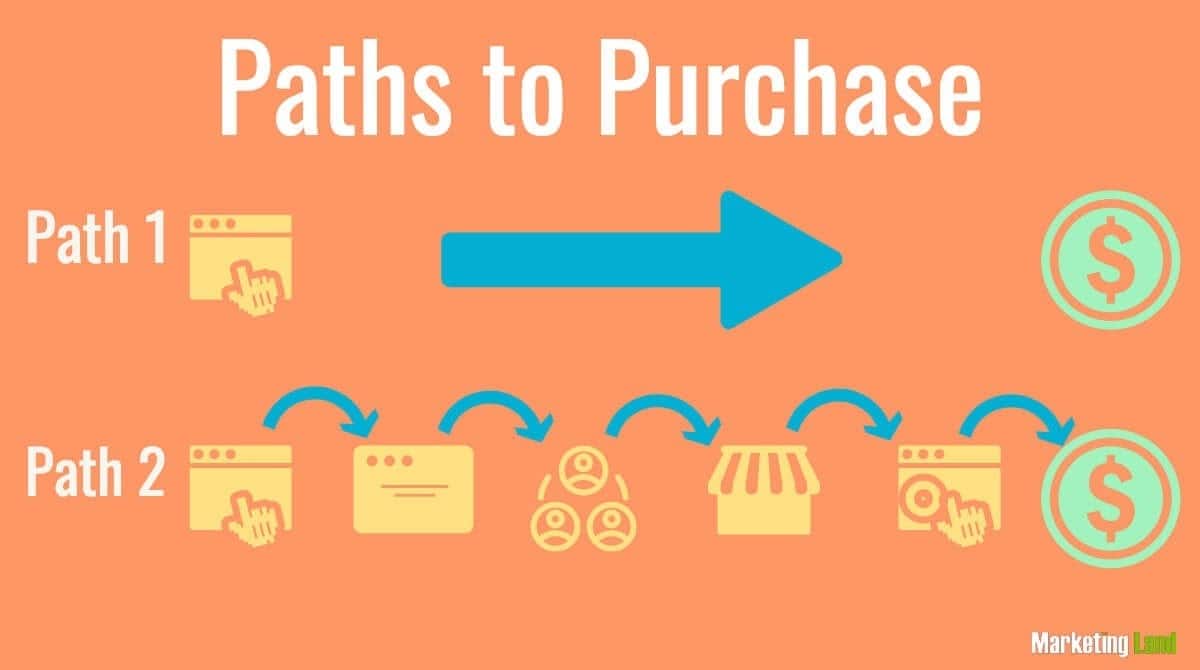Guide to Linear Attribution Modelling for B2B Businesses

A customer’s journey from being exposed to your marketing efforts to finally making a purchase is not simple or straightforward by any means. Especially in B2B, where a long timeline and multiple people are involved.
There are way too many steps, combinations of paths, and multiple decisions that a client takes before actually converting into a paying customer.
Knowing what touchpoints in a buyer’s journey, from being exposed to a brand to making a purchase, are most effective and lead to conversion is a vital piece of information that can help a marketer refine and enhance their Marketing function. It not only helps you identify winning campaigns and touchpoints but also connect your marketing with revenue.
Marketing Attribution is what enables this. It monitors, tracks, and pinpoints the most effective touchpoints in a buyer’s journey.
Furthermore, assigning credit to each touchpoint, Marketing Attribution makes it easier to quantify the effectiveness of each touchpoint and their respective marketing channel.

Image Courtesy – digitalthought.me
While there are many Marketing Attribution models, Linear Attribution Modelling is by far the easiest mathematically and in terms of understanding.
What is Linear Attribution Modelling?
Linear Attribution Modelling is a multi-touchpoint attribution model that takes into account every touchpoint a potential client interacts with within his customer journey before eventually making a purchase.

Image Courtesy – martech.org
As stated earlier, Linear Attribution Modelling is the simplest one mathematically, among the various Marketing Attribution Models. It assigns credit equally to every touchpoint that every customer interacts with within their respective customer journey.
Thus,

Let us consider an example, a potential customer interacted with 5 touchpoints before converting. Linear Attribution will assign credits as follows:



Image Courtesy – business2community.com
Linear Attribution Modelling is a more thorough approach in comparison to single touchpoint attribution modeling. It gives the markets a better overall view of the Marketing channels and the marketing function as a whole.
Let us consider the various upsides and downsides of Linear Attribution Modelling to understand it better.
Advantages of Linear Attribution Modelling
First and foremost, as this attribution model follows a multi-touchpoint approach, it does away with all shortcomings of single touchpoint attribution models. There is more to be gained in terms of useful information and a better understanding of your marketing function using this model for Marketing Attribution.
A multi-touchpoint approach
The first touch and last touch marketing attribution models do not account for the touchpoints that exist in between. So, Linear Attribution Modelling is a clear step up from them as it accounts for every touchpoint in the customer journey.
This enables marketers to credit the entire journey of a customer which is vital to understanding how well the entire marketing function is working. The touchpoints in the middle of start and end can prove to be equally important as they build up the momentum culminating in the buyer finalizing the purchase.
Ease of understanding
The nature of Linear Attribution makes it simple to understand. Mathematically or technically, this is the simplest model of multi-touch attribution.
As it does not involve the complexities of other multi-touchpoint attribution models, any and all users of the information can easily interpret it and use it for various purposes.
Ease of setup and use
Owing to the fact that it is both, mathematically and technically, a simple attribution model, it is very easy to set up and use.
Compared to other models that may require the application of data science and complex workflows to set up and execute, this model can be set up and used by any marketer.
Beginner-friendly
The above-mentioned two factors make Linear Attribution Modelling the most beginner-friendly multi-touch model. This can serve as a good entry point into multi-touchpoint Marketing Attribution Modelling for beginners and Marketers who previously have not worked with this.
Disadvantages of Linear Attribution Modelling
None of the Marketing Attribution Models are bulletproof and every model has some downsides, either owing to their nature, factors they consider, factors they don’t, and how attribution and distribution of credit are done.
Though some models have significantly less downside, they do suffer from complexity and the extent of effort it takes to set up and run them. Here are the downsides of Linear Attribution Modelling:
Oversimplification
The advantage also becomes a disadvantage. This happens because of the very simplistic nature of this model and the way touchpoints are attributed. In linear attribution, credit is split equally between all touchpoints. And, not all touchpoints are going to be equal.
As this model does not explore other avenues for attribution in-depth, the information generated is too basic in nature that a skilled and experienced Marketer will not find it useful to a large extent.
Equally weighted attribution
Assigning credit equally to all touchpoints for the sake of simplicity raises its own issues. Realistically, not all touchpoints contribute equally when it comes to converting. A twitter like is not equal to a request for a demo. Touchpoints like the first or the last or some other significant action can significantly contribute to taking a customer to the endline.
This leaves the Linear Attribution Model vulnerable to aggregation fallacies. If this model is utilized, a marketer will be unable to understand the actual contribution of each touchpoint. This lack of useful information will severely limit the extent to which the firm’s marketing function can be optimized for maximum productivity and efficiency.
Not suitable for too many channels
This model of Marketing Attribution is not suitable for any Marketing function that involves too many channels. The problem arises due to equally weighted attribution.
Every channel introduces multiple touchpoints in the equation and as a result of each touchpoint being assigned equal value, the total credits are spread too thin to make sense out of the attribution.
Let us consider some examples to thoroughly understand the upsides and downsides.
Examples
#1
Jake is an android smartphone user who was facing stability issues on his smartphone and Google for a fix. While searching for a fix, he came across an advert for Apple’s (1) iPhone, clicked on it and landed on their product page(2). After having read about the iPhone he got off Apple’s site.
The next day he came across a targeted ad from Apple on Instagram (3) about the iPhone being available in new colors. He then comes across another ad, but this time on Facebook (4) about a promotional offer specifically for android users.
He considers switching to an iPhone and the next day proceeds to make a purchase for an iPhone at the nearest Apple Store.
Now, Jake interacted with 4 touch points before making the purchase. We can now use the Linear Attribution Model.

Thus, every touchpoint had a 25% contribution in having converted Jake from an Android user to an iPhone user.
#2
Clara is a young entrepreneur who recently set up a Cafe in the downtown of some city. She has been using a thermal printer she got off Craigslist which hasn’t been working well. So she ends up going on Google to find herself a new thermal printer.
There she comes across an advert for Epson’s thermal printer (1), which she ignores and clicks on an E-Commerce Site, there she comes across Epson’s printer which has been promoted using paid ads (2). She checks the reviews and finalizes the purchase only to find that the seller doesn’t ship to her location.
She makes her way onto Epson’s site only to find the product out of stock and hence opts in for being notified (3) when it is restocked. Over the next two days, she comes across Epson’s posts and adverts on Instagram (4) and Facebook (5), which she scrolls by without paying attention to.
The next day she receives an email (6) informing her that the thermal printer is back in stock. She quickly logs in and makes the purchase with Epson delivering it to her.
Now, Clara’s buyer journey has consisted of 6 touchpoints. We can now apply the Linear Attribution Model here.

Now, according to Linear Attribution Modeling, every touchpoint contributes 16.66% for the eventual conversion but Clara scrolled past the adverts and posts on Facebook and Instagram.
This example highlights the shortcomings of this model as it fails to register the complete lack of contribution from two channels.
What type of Businesses can benefit from Linear Attribution Modelling?
Following are the businesses that can benefit from Linear Attribution Modelling:
1. B2B Businesses
The sales cycles in the B2B space are longer compared to the B2B space and are calculated decisions made after considering and negotiating other options. The sales cycles are mostly closed in person by a sales executive and not on the website.
This introduces multiple touchpoints in the sales process and a Linear Attribution Model can be tremendously helpful in crediting every channel and touchpoint.
2. Startups
Startups usually lack the manpower and resources available to well-established businesses and hence having an advanced analytic set up to run and utilize complex Marketing Attribution Models is out of the question.
They can instead opt for a simpler Marketing Attribution Model in the form of Linear Attribution and still have and make use of a decent overall picture of their Marketing function.
3. A small business without data analysts
These businesses do not have an in-house department that can dig deep into the data and make use of complex Marketing Attribution Models. Investing in such a setup is not justified at their level of business.
Instead, they can opt for Linear Attribution Modelling and have their in-house marketers run the analysis as it is quite simple.
Conclusion
Attribution Modelling is a powerful tool for Marketers that provides in-depth information about the contribution of each channel and touchpoint to the sales cycle.
Linear Attribution Modelling is the simplest and easiest model of Multi-Touch Marketing attribution and while it has its downsides, there are certain use case scenarios where it comes out as the best choice.
Every Marketing Attribution model has its upsides and downsides, all you have to do is choose the one that suits your use case scenario.
Sell more, understand your customers’ journey for free!
Sales and Marketing teams spend millions of dollars to bring visitors to your website. But do you track your customer’s journey? Do you know who buys and why?
Around 8% of your website traffic will sign up on your lead forms. What happens to the other 92% of your traffic? Can you identify your visiting accounts? Can you engage and retarget your qualified visitors even if they are not identified?


